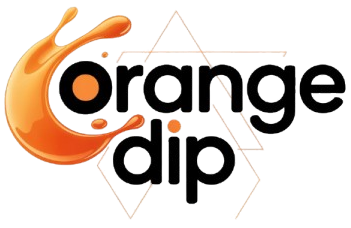Addiction to legal substances such as alcohol and tobacco is a significant public health issue, often overlooked due to their legal status. Both substances are widely available and socially accepted, which can mask their potential for addiction and the severe health consequences they carry. Understanding the impact of addiction to alcohol and tobacco and the importance of addressing these issues in treatment is crucial for promoting public health and supporting recovery.
The Nature of Alcohol and Tobacco Addiction
Alcohol and tobacco are both addictive substances, but they affect the body and brain in different ways:
- Alcohol: Alcohol is a central nervous system depressant that can lead to physical and psychological dependence. Regular consumption can result in tolerance, requiring higher amounts to achieve the same effect, and withdrawal symptoms when not consumed.
- Tobacco: The primary addictive component in tobacco is nicotine, a stimulant that quickly leads to dependence. Nicotine addiction results in cravings and withdrawal symptoms, making it difficult to quit despite the known health risks.
Health Consequences of Alcohol and Tobacco Addiction
Both alcohol and tobacco have severe health consequences that can affect nearly every organ in the body. Chronic alcohol use can lead to liver disease, including fatty liver, hepatitis, and cirrhosis. It also increases the risk of cardiovascular diseases, certain cancers (such as mouth, throat, and liver cancer), and mental health disorders like depression and anxiety. Additionally, alcohol impairs cognitive functions and can lead to accidents and injuries.
Social and Economic Impact
Addiction to alcohol and tobacco also has broader social and economic impacts:
- The treatment of diseases caused by alcohol and tobacco addiction places a significant burden on healthcare systems. These costs include hospitalizations, medications, and long-term care for chronic conditions.
- Addiction can lead to absenteeism, decreased productivity, and job loss. This impacts not only the individual but also the economy through reduced workforce participation.
- Addiction affects families and communities, leading to strained relationships, financial difficulties, and an increased need for social services and support.
Challenges in Addressing Legal Substance Addiction
Several challenges complicate the treatment and prevention of addiction to alcohol and tobacco:
- The widespread social acceptance and normalization of alcohol and tobacco use can make it difficult to recognize and address addiction. These substances are often associated with social activities and celebrations, which can obscure the risks.
- Aggressive marketing and easy availability of alcohol and tobacco products contribute to their widespread use and addiction. Despite regulations, these substances are still heavily promoted and accessible.
- There is often a stigma attached to seeking help for addiction to legal substances, and misconceptions about the severity of alcohol and tobacco addiction can hinder individuals from seeking treatment.
Effective Strategies for Treatment and Prevention
Addressing addiction to alcohol and tobacco requires comprehensive strategies that include prevention, treatment, and policy interventions:
Prevention and Education
Campaigns that highlight the risks of alcohol and tobacco use and promote healthy behaviors can reduce initiation and encourage cessation. Education about the health consequences and the addictive nature of these substances is crucial.
Implementing prevention programs in schools can educate young people about the dangers of alcohol and tobacco use. These programs can teach skills to resist peer pressure and make healthy choices.
Treatment Programs
Cognitive-behavioral therapy (CBT) and motivational interviewing are effective for treating both alcohol and tobacco addiction. These therapies help individuals develop coping strategies, set goals, and address underlying issues.
Medications such as naltrexone, acamprosate, and disulfiram can support alcohol addiction treatment, while nicotine replacement therapy (NRT), bupropion, and varenicline are used for tobacco cessation. MAT can reduce cravings and withdrawal symptoms, making it easier to quit.
Integrated Treatment
Addressing co-occurring mental health disorders and providing holistic care that includes nutrition, exercise, and stress management can enhance recovery outcomes. Comprehensive care considers the whole person, not just the addiction. Addiction to legal substances like alcohol and tobacco presents significant health, social, and economic challenges


